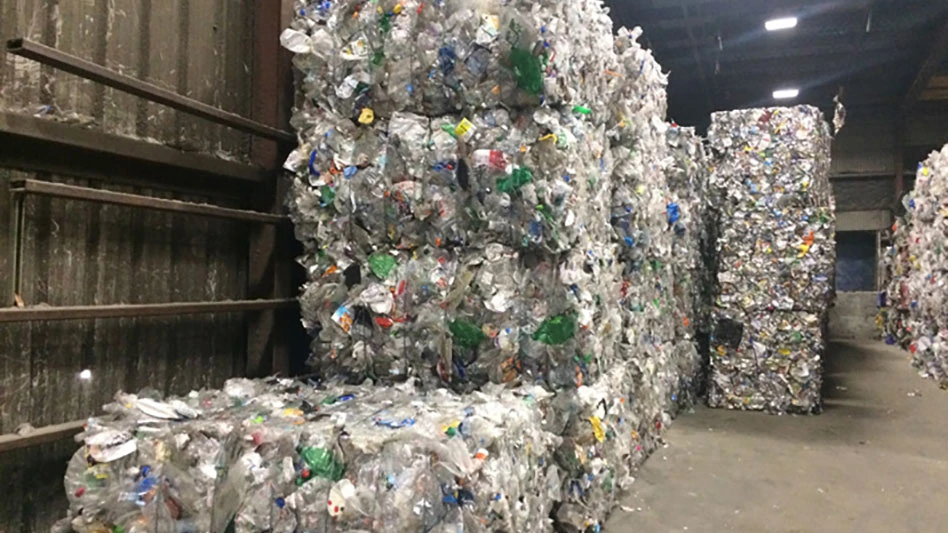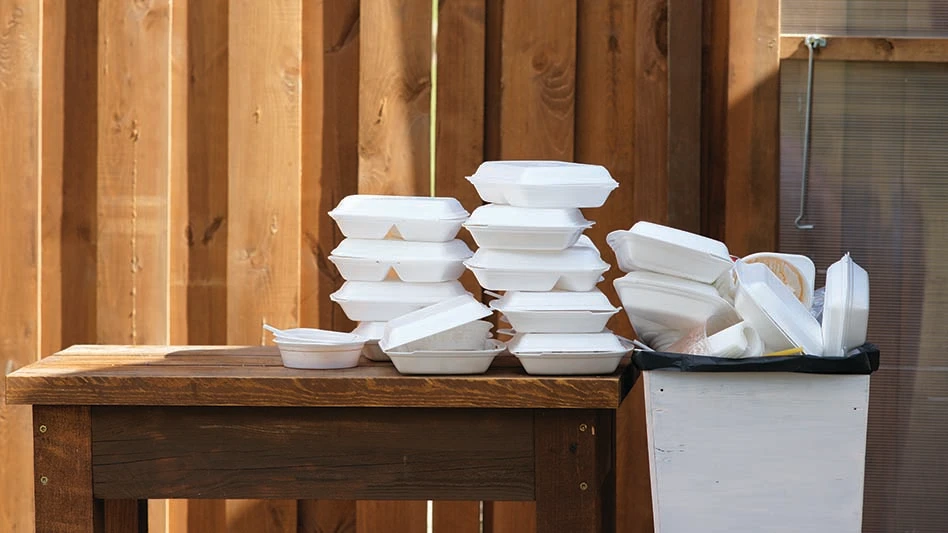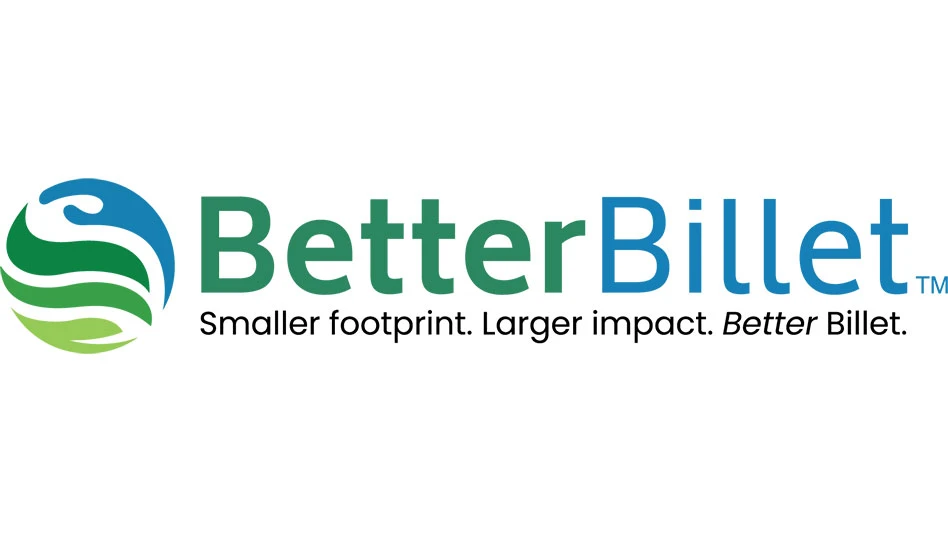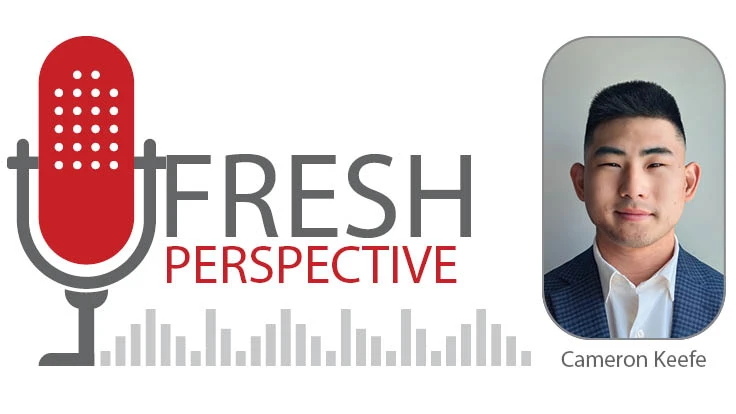Still, there is a general reluctance, particularly among the smaller players, to think about using derivatives in order to reduce the commodity risk that exists in their businesses. And in my more than 10 years of helping companies manage commodity risk, I have heard a lot of reasons for ignoring it. But before tackling some of the tougher issues, let’s tackle the easiest one: “I think I should be hedging, but I just don’t understand it.”
A HEDGING PRIMER
Let’s take a simple example that may apply directly to you:
One day you buy some copper wire containing 25,000 pounds of copper. If you don’t have a buyer for this copper right now, you have two major risks:
• First, you have the risk that copper prices go down. Since the price that you get for your material is linked to the price of COMEX copper, if the COMEX value goes down, so will the value of your metal.
• Second, you have an “opportunity cost.” That is, if you have not sold the copper, you might be unwilling to hold more inventory, forcing you to pass on other business.
Refined copper trades every day on both the COMEX exchange in New York and on the LME in London. Here’s what you can do to help with both these problems:
Sell one contract of COMEX copper
What have you done? Well, since each COMEX contract is for 25,000 pounds of refined copper, you have effectively sold the copper scrap you have just bought. Of course, you still have to find a buyer for your physical material eventually, but your risk has been significantly reduced. That’s because since the price you ultimately get for your scrap material is linked to the COMEX price, if copper goes down you will have a profit on the futures transaction that will offset the lower price your material is now worth.
The other advantage is less obvious. Once you sell the futures contract you don’t have any price risk. So, you don’t have to take the first buyer for your material that you find. You can afford to be more selective about who you sell to and at what price. This also allows you to consider other deals that come along for more copper, since you don’t have to worry about having too much exposure to a decline in copper prices.
Back to the mechanics. Here’s what you do when you finally find a buyer for your material:
Buy one contract of COMEX copper
What you have done here is ‘offset’ your existing short position. Since you previously sold, this buy order will cancel out your short position and generate a profit or a loss. This is entirely independent of the transaction that you do with your actual scrap material. In fact, nobody apart from your derivatives broker need to know about it. But what has happened here? What does this profit or loss represent?
Well, if you ended up buying your copper at a lower price than you sold it at, you will be left with a credit in your futures account. But, unfortunately, this is not a true ‘profit.’ You are simply being compensated for the lower price you got when you sold your scrap. Conversely, if you end up buying your copper contract at a higher price than you sold it at, you will be left with a debit in your futures account. But this is not truly a ‘loss’ either, since when you sold your scrap you likely received a higher price than when you put the futures position on in the first place.
Fundamentally, the reason that neither the profit nor the loss are ‘real’ is that once you put the futures position on there is very little price exposure. The trade is done. Your profit, made on the collection and upgrading of your material, has already been made.
For the uninitiated, the exact mechanics and requirements for opening a futures trading account and placing orders are not important to get into here. The truly important thing to understand is that derivatives need not mean “risk.” In fact, as this example shows, if used properly a futures contract can reduce or ‘hedge’ your risk. And while this may seem confusing at the outset, you will find that once you get your mind around the idea of offsetting risk using derivatives, you will wonder why it never seemed obvious.
AVOIDING TROUBLE
Now, moving on to less frequently-heard objections, one of the concerns we hear is “What will my partners think if they find out I’m trading futures?” This, I believe, is based on stories—some of them true, unfortunately—of firms getting into trouble using derivatives. But the unfortunate fact is that all of these stories have one uniting theme: the mismanagement of commodity risk.
This can take a number of different forms. The most typical is hedging a commodity exposure that doesn’t exist. For example, selling copper forward when there is no copper in inventory. Or, worse, buying copper in the futures market when there is unsold copper material already in the yard!
That is what is called “speculation,” not risk management, and in the stories picked up by the press, it’s always unauthorized. Unfortunately, what you never hear about is all the hundreds of firms that are using exchange-traded derivatives as part of a prudently managed business. True, your business must have someone on staff they can trust with these types of transactions. But if a company doesn’t have anyone that can be trusted with implementing such a risk-management plan, the company has more serious challenges than its commodity risk.
Here’s another worry: Margin calls. To get more specific, here’s an example of the trade you might have on:
Sponsored Content
Still relying on manual sorters?
Let AI do the heavy lifting. Waste Robotics delivers reliable, high-performance robots tailored for complex waste streams. They require minimal maintenance, are easy to operate, and are designed to boost your recovery rates. Smarter sorting starts with the right partner. Waste Expo Booth #1969 & REMA #2843
Click here to see our robots in action!Sponsored Content
Still relying on manual sorters?
Let AI do the heavy lifting. Waste Robotics delivers reliable, high-performance robots tailored for complex waste streams. They require minimal maintenance, are easy to operate, and are designed to boost your recovery rates. Smarter sorting starts with the right partner. Waste Expo Booth #1969 & REMA #2843
Click here to see our robots in action!Sponsored Content
Still relying on manual sorters?
Let AI do the heavy lifting. Waste Robotics delivers reliable, high-performance robots tailored for complex waste streams. They require minimal maintenance, are easy to operate, and are designed to boost your recovery rates. Smarter sorting starts with the right partner. Waste Expo Booth #1969 & REMA #2843
Click here to see our robots in action!Sponsored Content
Still relying on manual sorters?
Let AI do the heavy lifting. Waste Robotics delivers reliable, high-performance robots tailored for complex waste streams. They require minimal maintenance, are easy to operate, and are designed to boost your recovery rates. Smarter sorting starts with the right partner. Waste Expo Booth #1969 & REMA #2843
Click here to see our robots in action!Sponsored Content
Still relying on manual sorters?
Let AI do the heavy lifting. Waste Robotics delivers reliable, high-performance robots tailored for complex waste streams. They require minimal maintenance, are easy to operate, and are designed to boost your recovery rates. Smarter sorting starts with the right partner. Waste Expo Booth #1969 & REMA #2843
Click here to see our robots in action!Sponsored Content
Still relying on manual sorters?
Let AI do the heavy lifting. Waste Robotics delivers reliable, high-performance robots tailored for complex waste streams. They require minimal maintenance, are easy to operate, and are designed to boost your recovery rates. Smarter sorting starts with the right partner. Waste Expo Booth #1969 & REMA #2843
Click here to see our robots in action!Sponsored Content
Still relying on manual sorters?
Let AI do the heavy lifting. Waste Robotics delivers reliable, high-performance robots tailored for complex waste streams. They require minimal maintenance, are easy to operate, and are designed to boost your recovery rates. Smarter sorting starts with the right partner. Waste Expo Booth #1969 & REMA #2843
Click here to see our robots in action!Sold one contract of July COMEX copper at 82.50 cents.
But if copper moves up to, say, 92.50 cents before you have found a buyer for your physical copper, what happens? Well, each contract of COMEX copper requires that you deposit a minimum U.S. $1,350 per contract. That is, your futures dealer must have this amount in U.S. dollars (or T-Bills) to hold the position. But on top of the initial margin deposit, a futures contact requires that variation margin must be met. So, if copper has moved up 10 cents per pound (to 92.50 cents), an additional U.S. $2,500 may be required. ($0.9250 - $0.8250) x 25,000 lbs. = US $2,500.
Obviously, a U.S. $2,500 margin call is not a big issue. In fact, it may not be an issue at all as most futures accounts maintain excess cash on hand in order to meet exactly this type of cash requirement. But, for multiple contracts and very large moves in the market, margin calls can prove a serious cash drain.
Again, this is not a profit or loss issue. It’s a matter of cash management only. But it underlines why every business, before undertaking a risk management strategy, should consider what kind of lines of credit and or cash they have available to meet margin calls.
Dealing with a firm that understands what a risk-management strategy is, and how it operates, will obviously make this easier. This is why my firm, like many of our competitors, have been making efforts recently to deal hand-in-hand with our chartered bank parent in order to help establish or extend lines of credit to deal with just these types of situations.
Christopher Foster is a futures specialist with ScotiaMcLeod Futures and can be reached via e-mail at chris_foster@scotiacapital.com. This article orginally appeared in Infinity, the publication of the Canadian Association of Recycling Industries (CARI).
Get curated news on YOUR industry.
Enter your email to receive our newsletters.

Explore the August 2001 Issue
Check out more from this issue and find your next story to read.
Latest from Recycling Today
- McClung-Logan Equipment Company joins Tana’s authorized dealer network
- Grede to close Alabama foundry
- Plastics Recycling Conference 2025: Working toward their targets
- SWACO rolls out new commercial recycling and food waste programming
- Updated: Matalco to close Canton, Ohio, plant
- Metso launches electric Anode Weighing and Casting Machine
- Circular by Shapiro releases '5 for Five' sustainability series
- Graphic Packaging set to close Ohio CRB facility






